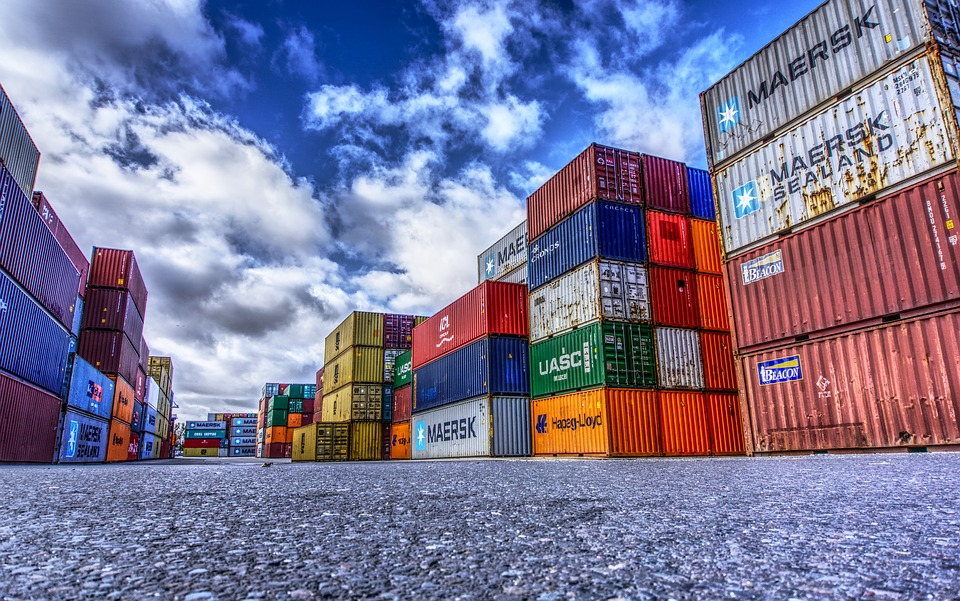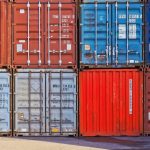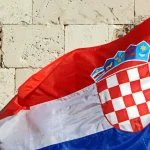As Poslovni Dnevnik/Marija Brnic writes, Croatian exporters, when the line was drawn, were not only resilient but also lively and quick in the unprecedented conditions of the coronavirus pandemic. Many new “players” entered this scene, but in some sectors, especially in tourism and the oil business, the blow was severe and left a visible mark on the list of the 100 largest Croatian exporters.
In fact, it is only now that the criteria for what is considered export revenue have been questioned, which has been set in recent years since the First Gas Company (PPD) broke through to the very top of that scale. According to the criteria of Dun & Bradstreet, these are revenues from sales made abroad, and according to them, this time on the annual list of the largest Croatian exporters, the national oil company INA slipped down to second place for the first time. The leadership was taken over by PPD, which will say for itself that it is not a classic exporter.
“Although it’s very nice to be on the list of the largest Croatian exporters, in previous years we’ve repeatedly explained that in our case it isn’t about exports but about the income generated from trade abroad, on the single market,” they pointed out from PPD. They noted the fact that the Republic of Croatia doesn’t have enough of its own gas even for its own needs, so PPD cannot “export” it abroad. And as the European Union’s single market is liberalised and open to all participants, every Croatian company can trade in the countries of the European Union and try to make money on this large market.
”PPD’s experts have the necessary knowledge and experience, they know the markets well, they have access to gas exchanges and financial instruments for trading and hedging. All this allows us to successfully compete with other participants in the common EU market, and we perform our operations from our offices in Vukovar, Zagreb, Budapest and Lugano with young, local experts who are ready to learn and adapt to dynamic EU markets. We also employ European experts in our companies abroad. The combination of these experiences and knowledge that we manage from Zagreb and Vukovar has so far proved to be very good,” said Pavao Vujnovac, President of the Board of PPD.
Crucial to revenue growth last year was the fact that the coronavirus pandemic didn’t reduce gas consumption, on the contrary, a large number of consumers used gas because prices across the global market in 2020 were at historically low levels. “In such conditions, we’ve successfully positioned ourselves in the wholesale markets in the region and increased our sales,” said Vujnovac.
This year, on the other hand, is completely opposite to last year, with record high gas prices, which wasn’t at all expected, but as the first man of PPD added, his business is managing without disturbances even in these totally opposite conditions. Revenues this year will be significantly higher than they were last year as a result of extremely high gas prices on the global market, but also owing to a further increase in sales. This also indicates that it will be a big challenge for INA to skip PPD on Dun & Bradstreet’s scale.
INA’s export results over the last two years have been largely monitored through the prism of crude oil exports to neighbouring Hungary, where INA’s refining has largely shifted after the closure of its Sisak refinery. Howevever, like everyone else in the oil business, they will say that last year was generally “extremely challenging” for them. Unlike gas, demand for their goods and services in some periods in 2020 fell by 30 to 50 percent compared to the same period in 2019, while, despite the partial recovery of the oil market in the second half of 2020, oil and gas prices were (on average) lower by more than 30 percent in comparison to the previous year.
INA’s export business was also marked by reduced demand, with an annual decline of 37 percent. Over the last five years, this is the lowest export result of the largest Croatian company. Although the first half of this year was marked by somewhat more favourable circumstances, and demand in key markets rose almost to pre-crisis levels, INA CEO Sándor Fasimon cautiously says that economic recovery is still uncertain, and that it is clear that the market situation won’t return to pre-pandemic levels for some time yet.
“The fact is that the coronavirus pandemic still isn’t over and it’s difficult to predict future trends, so we can’t just sit back and relax now, especially when the transformation processes related to climate change are taken into account. Accordingly, INA is continuously working on improving business efficiency. We’re working on plans to expand in export markets, and with the construction of a plant for the treatment of heavy residues in the Rijeka refinery, which is a project worth four billion kuna, we’ll have to strengthen our presence in export markets.
We monitor market and global changes and at the same time expand our value chain and create new opportunities. We’re guided by clear strategic development guidelines in accordance with the updated integrated long-term strategy of the MOL Group’s SHAPE TOMORROW 2030+ initiative and our goal is to operate in a sustainable way and successfully respond to the challenges posed by new energy sources, environmental issues and technological progress,” said INA’s Fasimon.
Only six companies generated revenues of more than one billion kuna last year, which is a significant decrease compared to the year before, when there were twice as many strong company names in those ranks. Below that limit, in a coronavirus-dominated environment, the largest Croatian hotel companies and the national airline Croatia Airlines, which was struggling long before the pandemic struck, as well as large companies from the energy sector and the automotive industry, have descended drastically.
Among hotel companies, the most affected are Porec’s Valamar Riviera and Plava laguna.
In addition to the tourism sector, the public health crisis hit the automotive industry hard in 2020, meaning that one of the largest Croatian exporters coming from that industry, Ad Plastik from Solin, also left the “billionaires club” last year. The management of Ad Plastik is cautious in assessing whether this will be temporary or not, because, as their CEO says, the demand for cars is growing compared to the first part of last year, but it will take some time to reach pre-pandemic figures. According to estimates by the European Automobile Manufacturers Association ACEA, this year’s overall car sales growth is expected to be 10 percent above last year’s, but it will still be below pre-pandemic results.
This year, an additional “challenge” for car manufacturers is the lack of semiconductors, which slows down production. From the experience of Ad Plastik, the Russian market is recovering more quickly, where it is also present, and where the lack of semiconductors isn’t yet being felt. The company’s CEO is cautious in his assessments, but generally holds the view that a slight but sure shift towards market recovery is noticeable.
For more on Croatian exporters, make sure to follow our business section.










